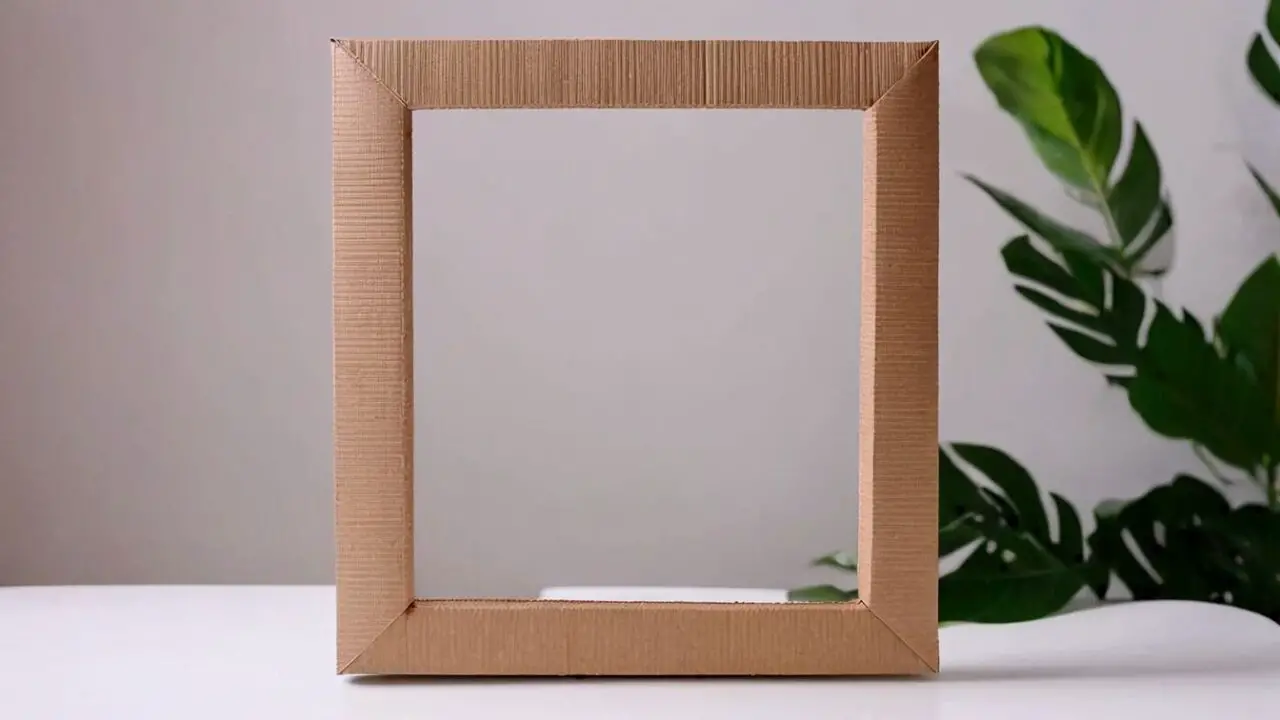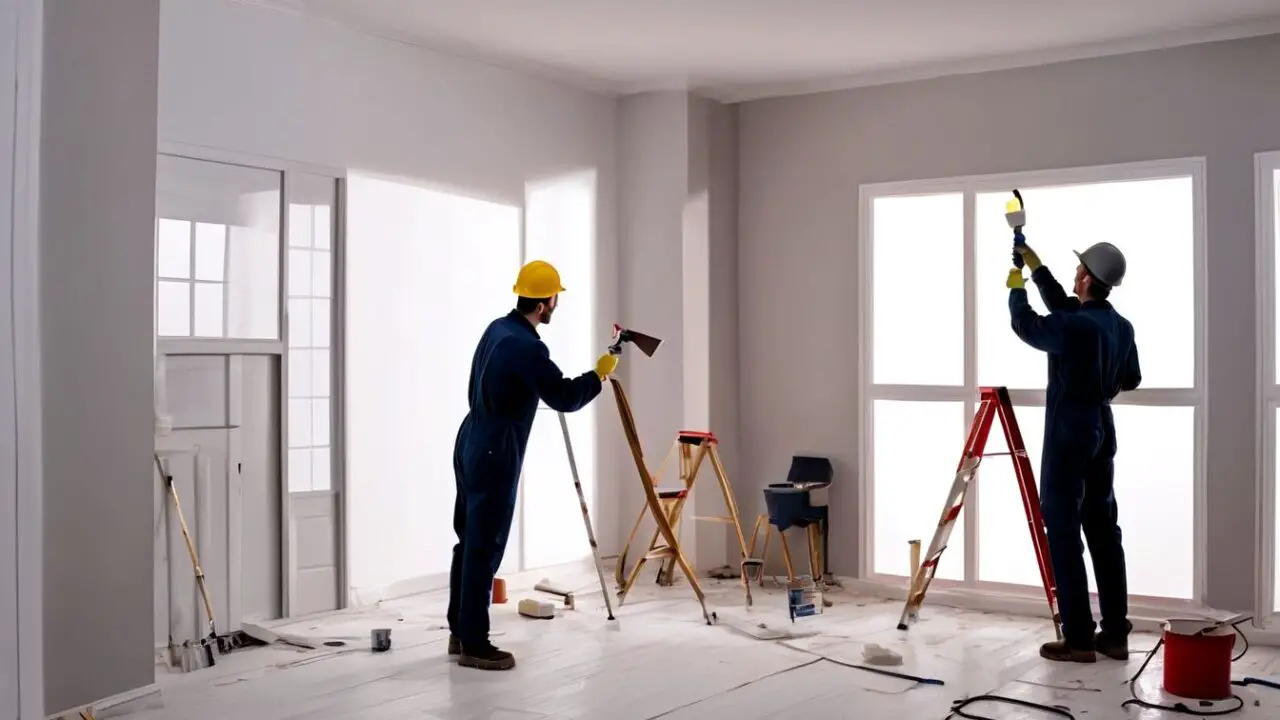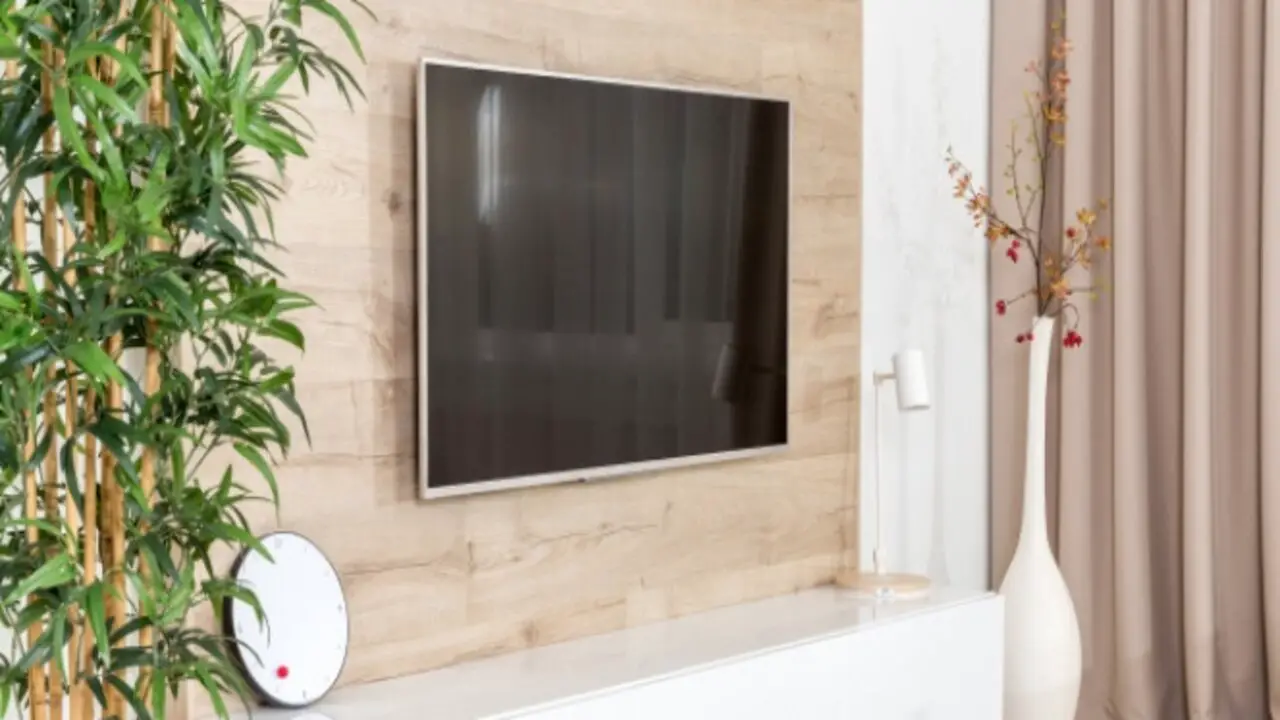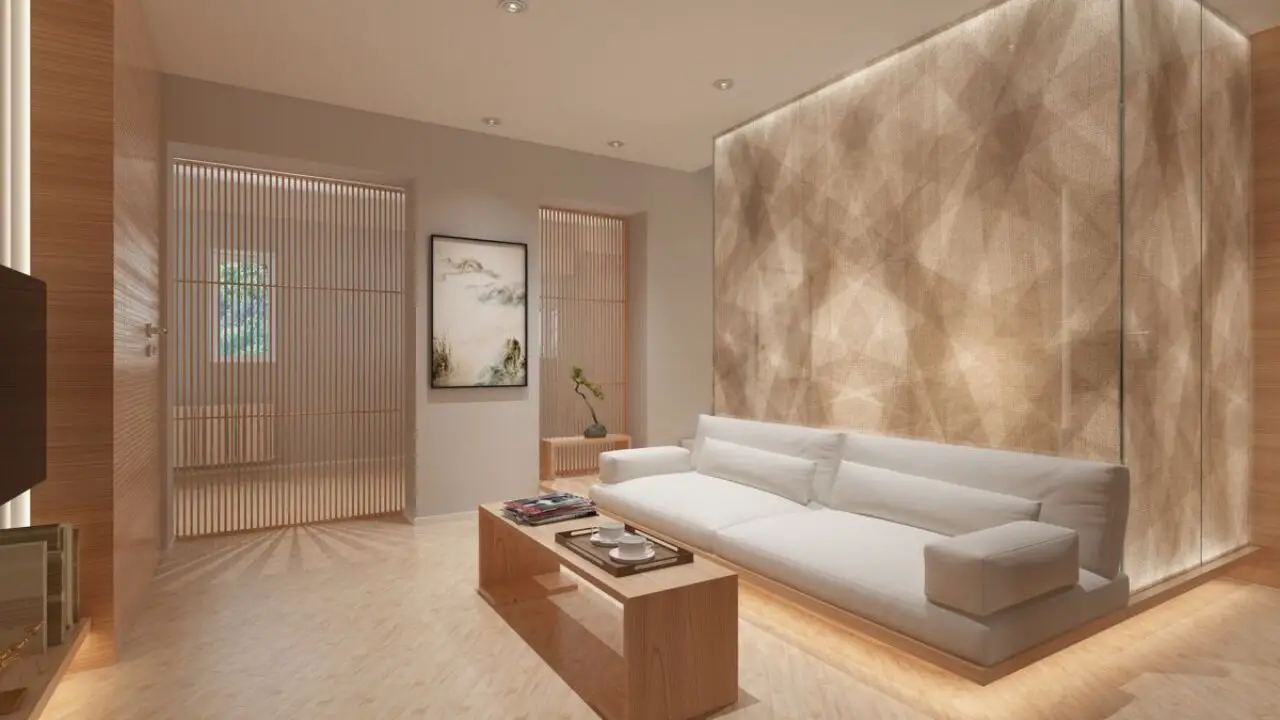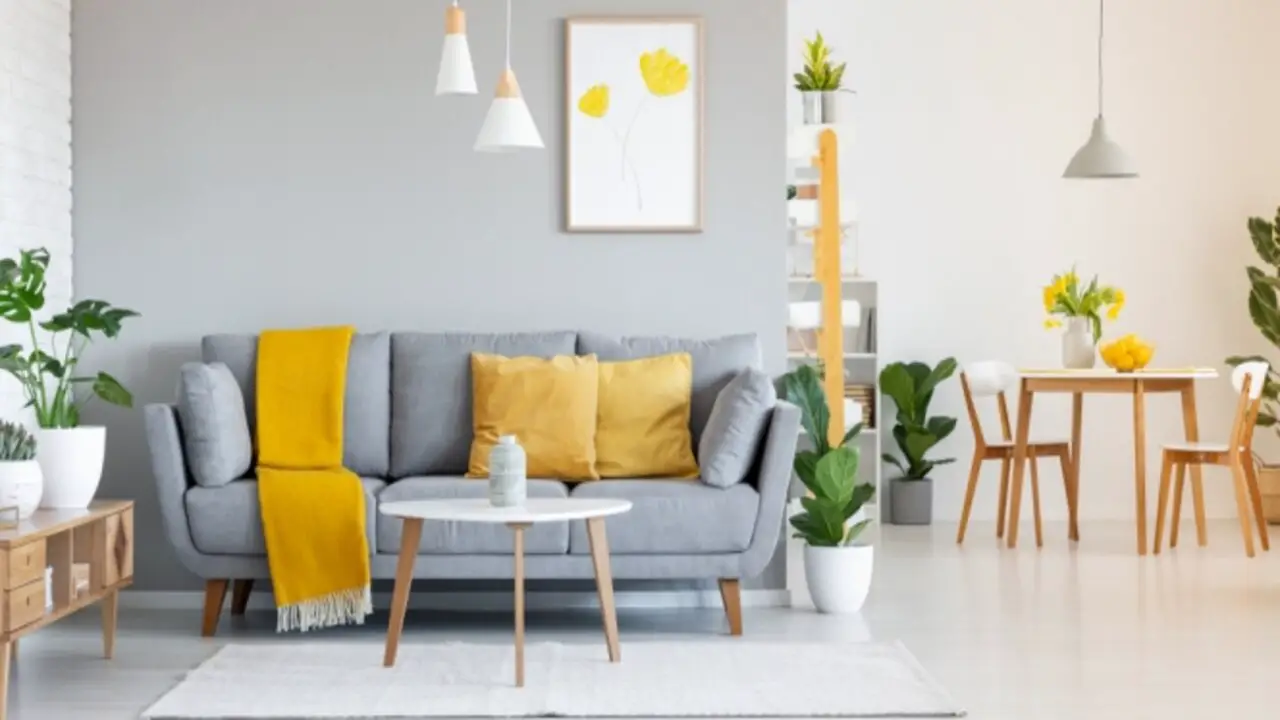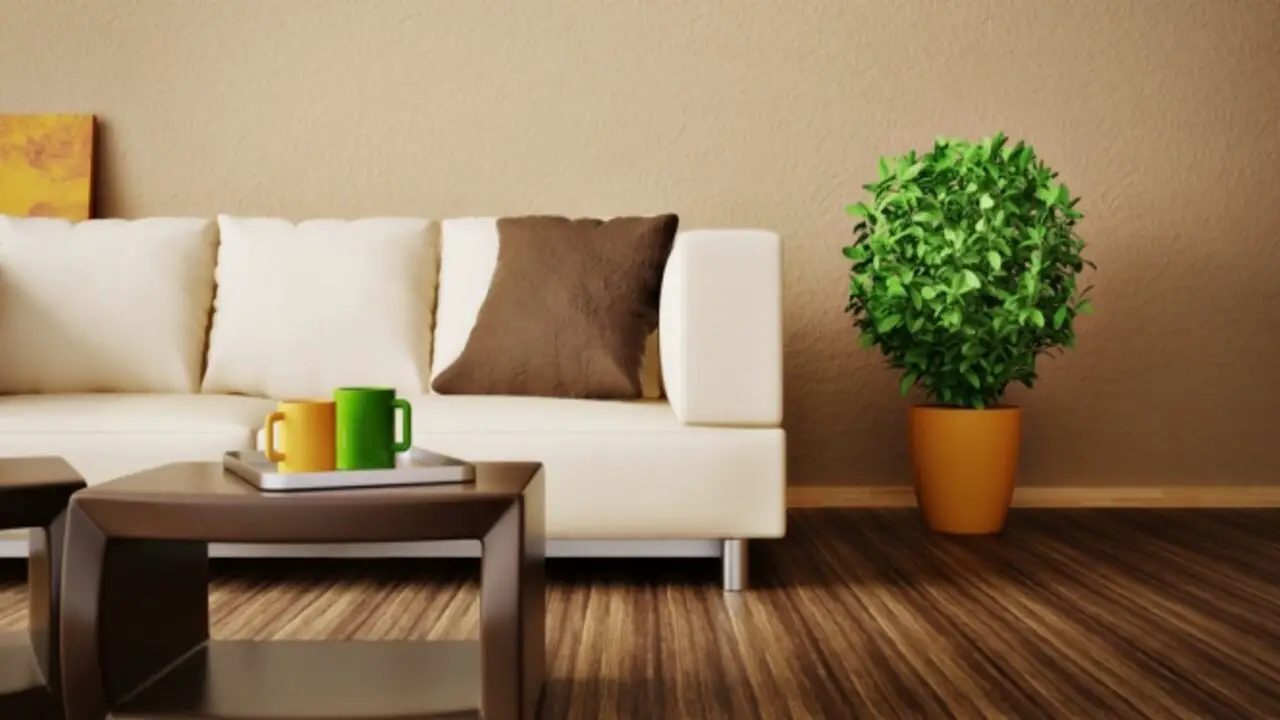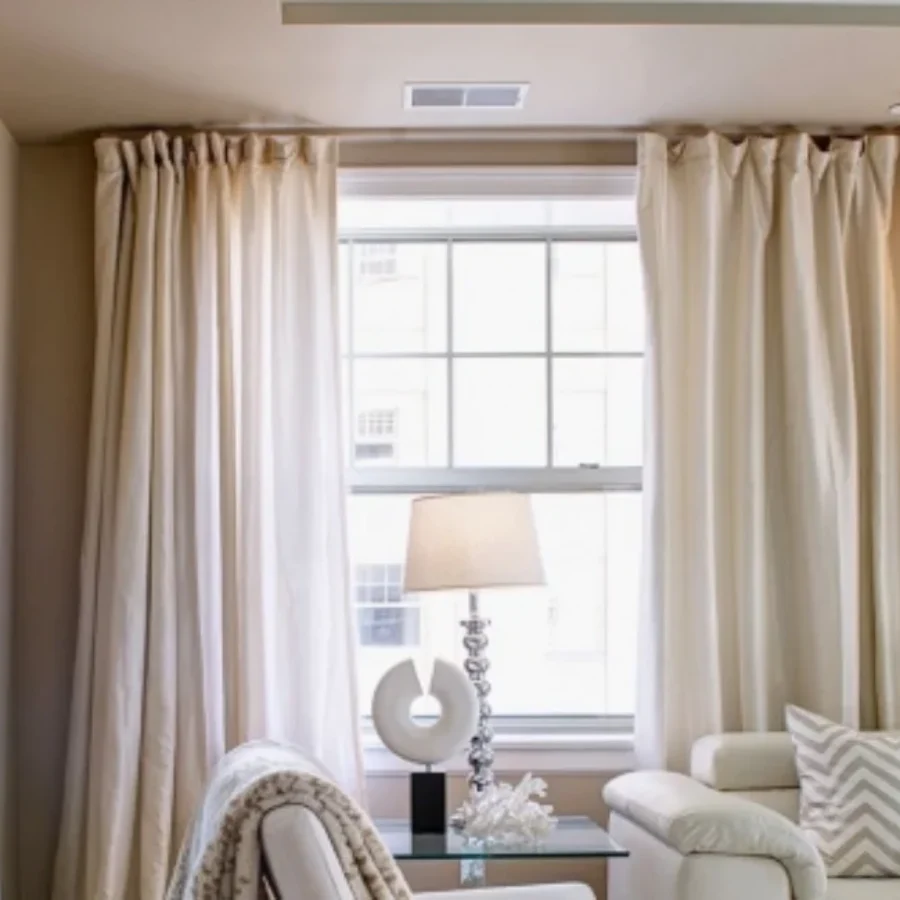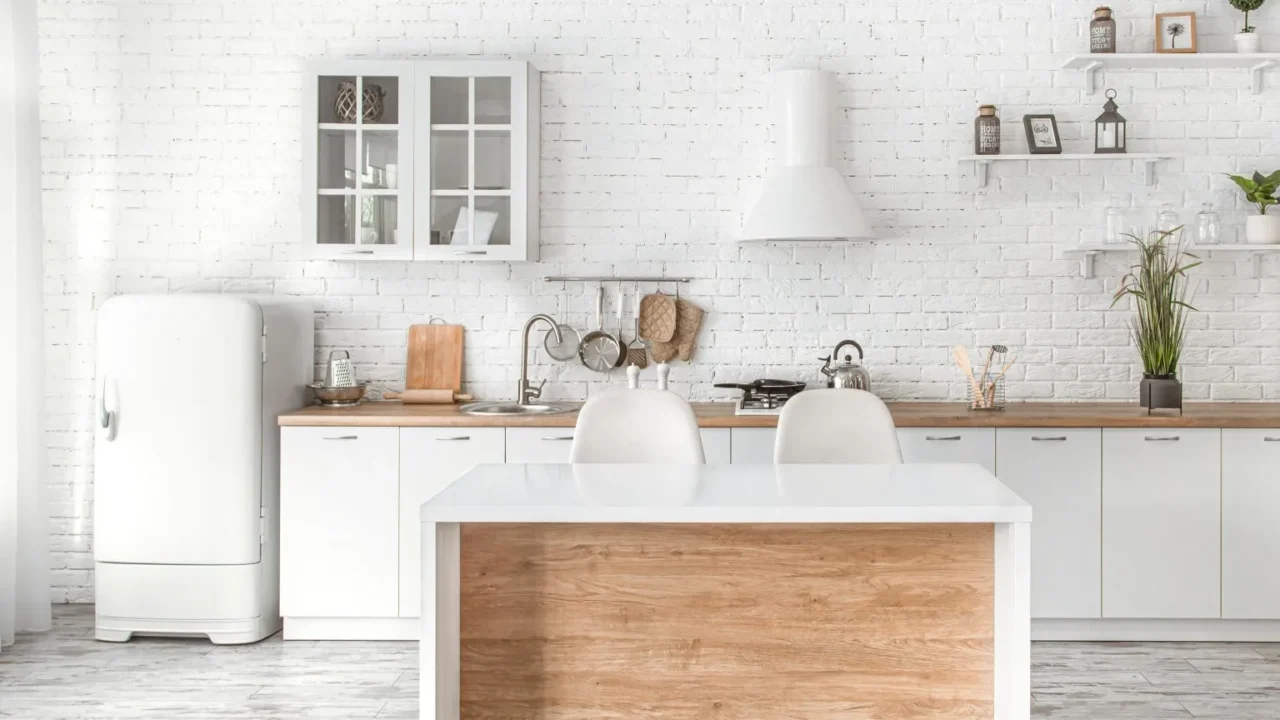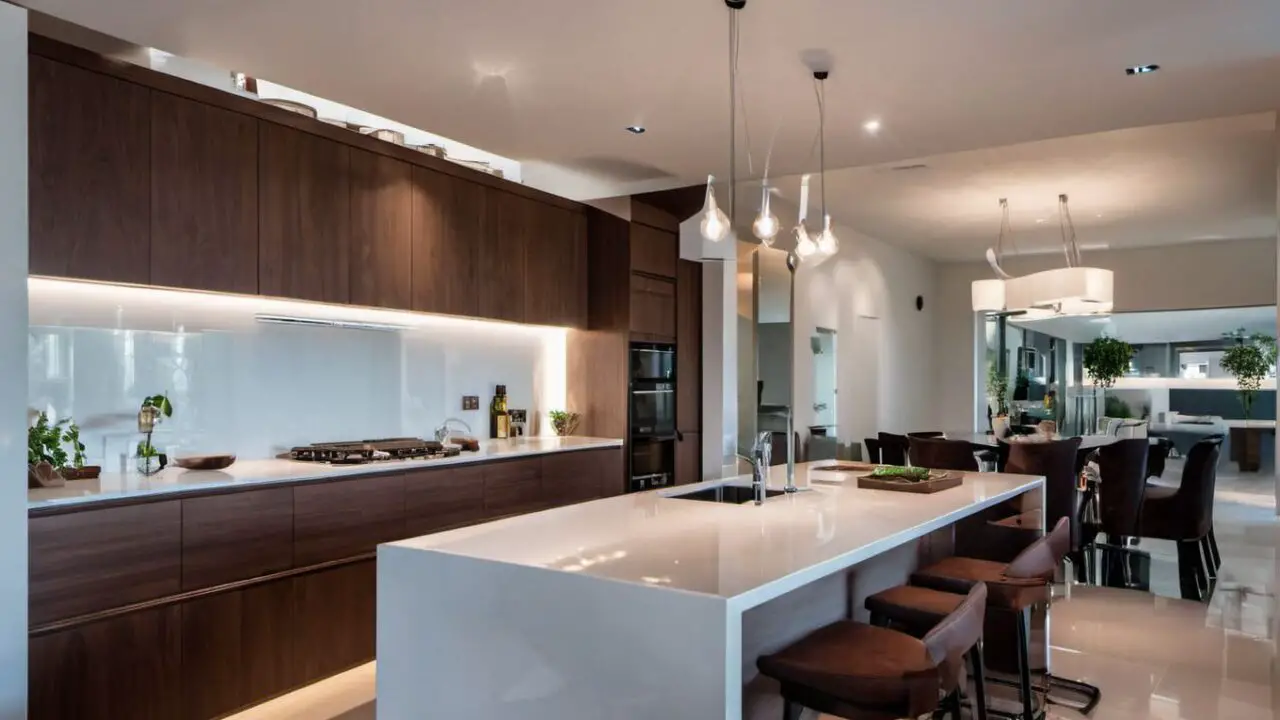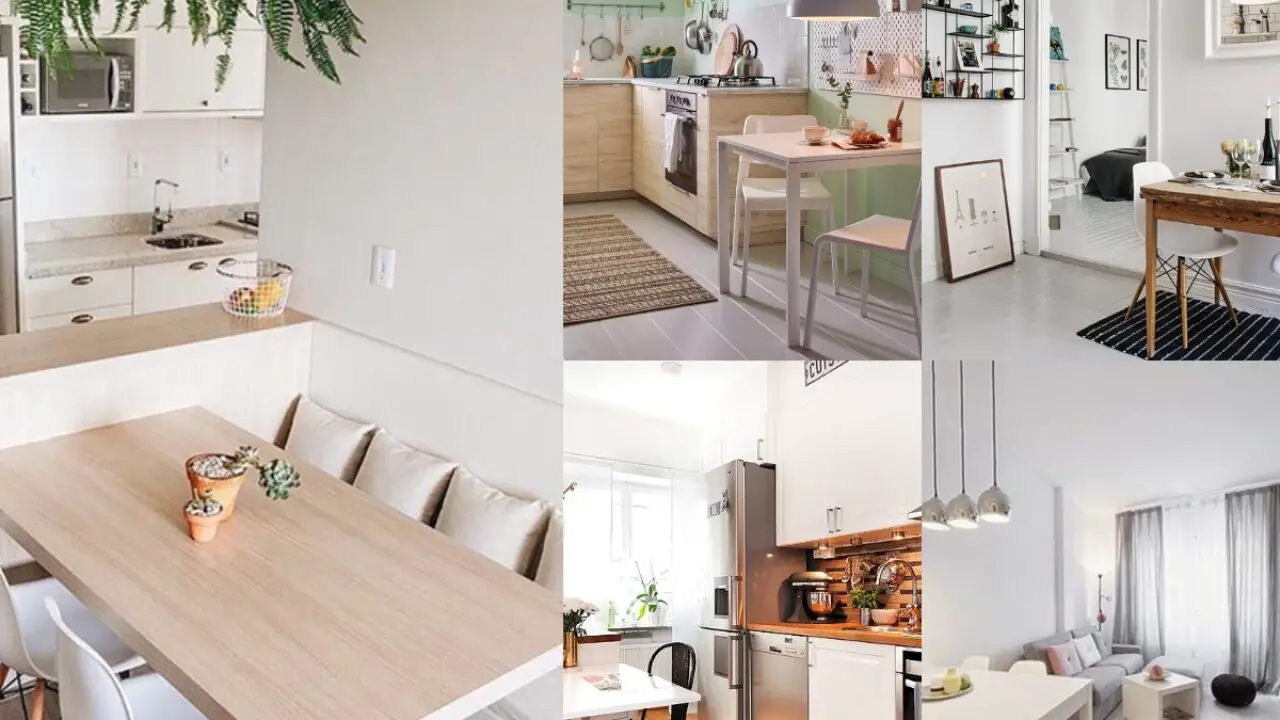The kitchen is often considered the heart of the home, and as such, it deserves to look its best. One effective way to give your kitchen a fresh and updated appearance is by painting the kitchen cabinets. However, the thought of removing all the cabinet doors and hardware can be daunting, not to mention time-consuming.
Fortunately, there is a method to achieve a stunning transformation without the hassle of removing doors. In this article, we will explore the step-by-step process of painting kitchen cabinets without removing doors, using information sourced from various reputable sources.
Contents
- Why Paint Kitchen Cabinets Without Removing Doors?
- Step-by-Step Guide to Painting Kitchen Cabinets Without Removing Doors
- FAQ
- Can you paint cabinets without removing doors?
- Can you paint directly over cabinets?
- Do cabinets have to be removed before painting?
- Can you paint kitchen cabinets without stripping them?
- Is it OK to paint cabinets without sanding?
- Is it OK to paint cabinet hinges?
- Is it cheaper to paint or replace kitchen cabinets?
- Can you paint cabinets instead of replacing?
- Will painted kitchen cabinets peel?
- Related posts:
Why Paint Kitchen Cabinets Without Removing Doors?
Before delving into the process, it’s essential to understand the benefits of painting kitchen cabinets without removing doors. This approach offers several advantages:
- Time-saving: Removing all the cabinet doors, hinges, and hardware is a laborious and time-consuming task. By avoiding this step, you can significantly cut down on the amount of time required for the project.
- Simpler process: Painting kitchen cabinets without removing doors is less complicated and does not require extensive DIY skills. It is a suitable option for homeowners looking for a budget-friendly way to upgrade their kitchen.
- Minimize disruptions: Keeping the cabinet doors in place means you can still use your kitchen during the painting process. This is especially beneficial for households with a busy daily routine.
See also: 39 Pictures of Kitchen Backsplash With White Cabinets
Step-by-Step Guide to Painting Kitchen Cabinets Without Removing Doors
Now that we understand the benefits, let’s dive into the step-by-step process to revitalize your kitchen:
Step 1: Preparation
Preparation is the key to a successful painting project. Follow these steps to get your cabinets ready for a fresh coat of paint:
- Clear the Space: Remove all items from your kitchen cabinets and countertops to create ample workspace. This will protect your belongings from dust and paint splatters.
- Clean the Surfaces: Thoroughly clean the cabinet surfaces with a mixture of warm water and mild dish soap. This step ensures the paint adheres well and removes any grease or grime.
- Sand the Cabinets: Lightly sand the cabinet doors and frames with fine-grit sandpaper. This will help the paint adhere better and smooth out any imperfections on the surface.
Step 2: Protecting the Surroundings
Painting can be a messy job, so it’s essential to protect the surrounding areas to avoid accidental spills and splatters. Follow these precautions:
- Cover Countertops and Floors: Use drop cloths or old bedsheets to cover countertops and floors. This will protect them from paint drips and spills.
- Tape off Edges: Use painter’s tape to cover areas that are not meant to be painted, such as walls, handles, and appliances. This will ensure clean lines and a professional finish.
Step 3: Prime the Cabinets
Applying a primer is crucial, as it creates a smooth and uniform surface for the paint to adhere to. Choose a high-quality primer that is suitable for your cabinet material.
- Apply the Primer: Use a paintbrush or a foam roller to apply a thin and even coat of primer to the cabinet doors and frames. Allow it to dry completely as per the manufacturer’s instructions.
- Sand the Primed Surface: Lightly sand the primed surface to remove any imperfections and ensure a smooth finish. Wipe off the dust with a clean cloth.
Step 4: Paint the Cabinets
Now comes the exciting part – painting your kitchen cabinets. Select a paint that is specifically designed for cabinets to achieve the best results.
- Choose the Right Paint: Opt for a high-quality semi-gloss or satin finish paint. These types of paint are more durable and easier to clean.
- Apply the Paint: Using a paintbrush or a foam roller, apply a thin and even coat of paint to the cabinet doors and frames. Start from the inside and work your way outward. Allow the first coat to dry completely before applying a second coat for better coverage.
Step 5: Finishing Touches
Once the second coat of paint is dry, you can add some finishing touches to complete the transformation:
- Replace Hardware: Consider updating the cabinet hardware with new knobs and handles. This simple change can make a significant impact on the overall look of your kitchen.
- Reattach Cabinet Doors: Carefully reattach the cabinet doors to their hinges. Check that they are aligned properly and adjust if necessary.
Conclusion
Painting kitchen cabinets without removing doors is a fantastic way to breathe new life into your kitchen without the hassle and time commitment of a full cabinet removal.
By following our step-by-step guide sourced from various reliable sources, including GMBOEL.COM, you can achieve a stunning transformation and create a kitchen that feels fresh, modern, and inviting. Remember to take your time, choose the right materials, and enjoy the process of revitalizing your kitchen. Happy painting!
FAQ
Can you paint cabinets without removing doors?
Yes, you can paint cabinets without removing doors. There are methods to achieve a fresh look by painting directly over the existing cabinet surfaces.
Can you paint directly over cabinets?
Yes, you can paint directly over cabinets after proper preparation, such as cleaning, sanding, and applying a suitable primer.
Do cabinets have to be removed before painting?
No, cabinets do not have to be removed before painting. It is possible to paint them while keeping the doors in place.
Can you paint kitchen cabinets without stripping them?
Yes, you can paint kitchen cabinets without stripping them. Stripping is not necessary if you follow the right preparation steps.
Do you have to remove interior doors to paint them?
No, you don’t necessarily have to remove interior doors to paint them. You can paint them while they are still hung, but it requires careful taping and protection of surrounding areas.
Is it OK to paint cabinets without sanding?
While sanding is recommended for better adhesion, there are some no-sand paint products available. However, for a more durable and professional finish, sanding is advisable.
Is it OK to paint cabinet hinges?
Yes, you can paint cabinet hinges. However, it’s essential to remove the hinges and hardware first, then paint them separately for a cleaner look.
Is it cheaper to paint or replace kitchen cabinets?
Painting kitchen cabinets is generally more cost-effective than replacing them entirely, which can be a costly renovation project.
Can you paint cabinets instead of replacing?
Yes, painting cabinets is a great alternative to replacing them. It offers a budget-friendly way to update the kitchen’s appearance without the need for a complete overhaul.
Will painted kitchen cabinets peel?
If the painting process is done correctly with proper surface preparation, high-quality paint, and adequate drying time, painted kitchen cabinets should not peel. Good workmanship and using the right materials are essential to ensure the longevity of the painted finish.
Check out other designs directly from your cellphone via WhatsApp Channel: https://whatsapp.com/channel/0029VaASACYFXUuYULZWe939.


